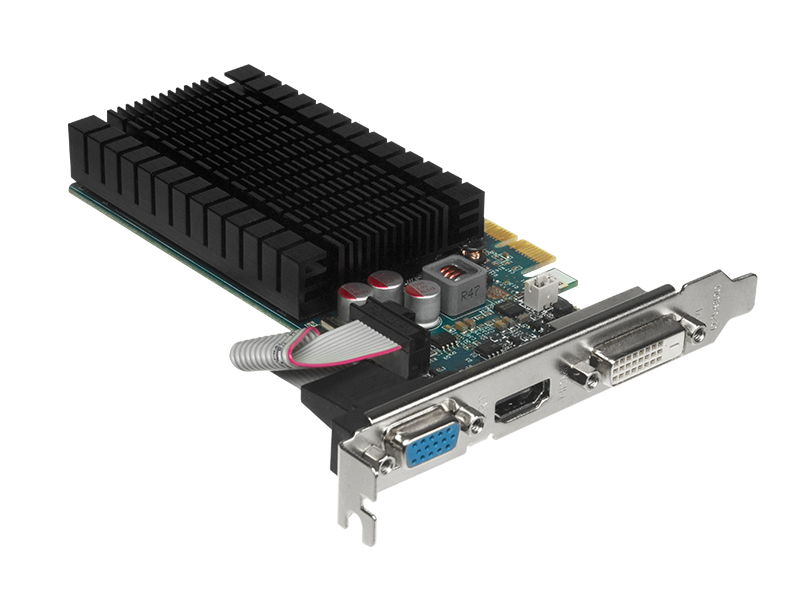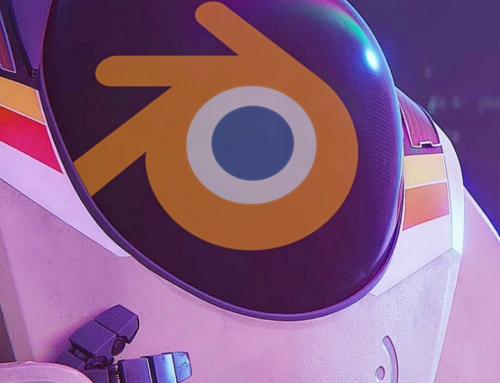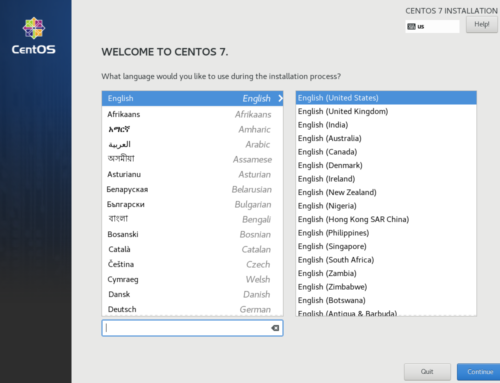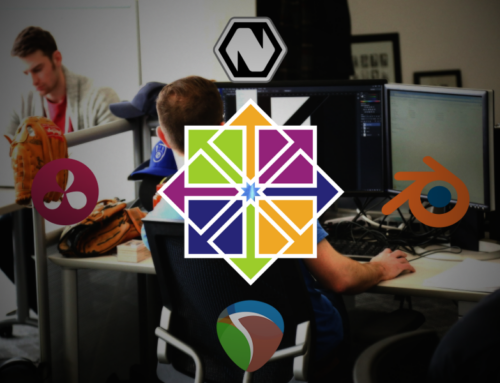The GT 710 might seem like a strange card to choose for anything at first blush. It’s a few years old now, and really only performs about as well as modern integrated graphics. But power is hardly the first consideration for a host card if your processor doesn’t have an integrated GPU. Here’s spme reasons why we think it’s still the best thing you can put in your system (if you don’t have an iGPU already.)
Read also: CPU Pinning Benchmarks — Affiliate Link Disclaimer
GT 710’s Are the Cheapest New(ish) Card
Despite being attached to Nvidia’s GeForce 700 series, the GT 710 came out in 2016. As such, it’s still readily available and has current driver support. You can pick them up from between 35 and 50 bucks, and there’s just no competing with that if you want something relatively modern. The next cheapest thing you can find new on the Nvidia side is the GT 1030, costing $100, or the RX 550 from AMD for the same money.
The used market has become just as poorly priced as retail with the rise of GPU mining, and even if you buy new old stock, you’re looking at ancient cards that can be as much of a gamble as a used GPU in terms of compatibility and supported features, which brings us to our next point:
The Linux UX is Decent (for the Money)
I’m the first to admit that in recent years, AMD has taken a lot of ground on Linux when it comes to out of the box user experience. The proprietary Nvidia drivers tend to have compositing issues, and the open source alternatives can be borderline unusable with some cards. However, the only available AMD cards in the $35-50 range at the time of writing are Terascale or GCN 1.0, which have no or limited support in the new AMDGPU driver stack, at least on mainstream distros.
This leaves you high and dri (pun intended) if you want 3d acceleration on your host, unless you want to attempt installing the deprecated fglrx packages, and even then, the UX you can expect with them is significantly degraded. It’s also of note that modern features like h.264 decoding may not be available with older cards in the same price range.
It might be by virtue of being the only modern card in its price class, but the GT 710’s value proposition consistently comes out ahead of most new old stock. For 50 Bucks, you can’t really ask for more, which is what makes our last reason for recommending the GT 710 so important to note:
If You End up Hating it, You’re only out $50
Therein lies the true beauty of the GT 710. If you, say, want to do GPGPU, or want more connectivity for your host machine later on, you can always just pop something else in without having to try and recoup a large investment. You can even go into a build, using it as a placeholder card, so you can get on with things while the mining market inflation dies down. The GT 710 is far from the perfect GPU, but it comes close to the perfect $50 passthrough host card, and for our purposes, that’s all it needs to be.
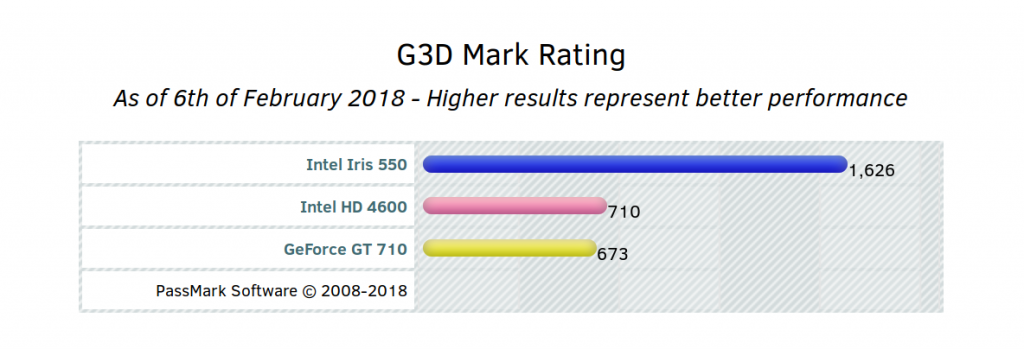
Because it certainly isn’t going to be a gaming powerhouse.
While you should build your VFIO PC to match your individual specifications, the GT 710 offers the most value if you just need to drive a monitor on the host. if you need to drive a ton of 4k displays, something like a Quadro P400 or a Pro WX 2100 may be more appropriate, and for viable linux gaming/GPGPU on the host, just go with what you can afford in the consumer GPU segment.
Join our Discord to discuss the GT 710’s host card viability with the community, and check out our VFIO Increments page if you’d like help or advice building a VFIO gaming PC.
Images Courtesy videocardbenchmark.net
